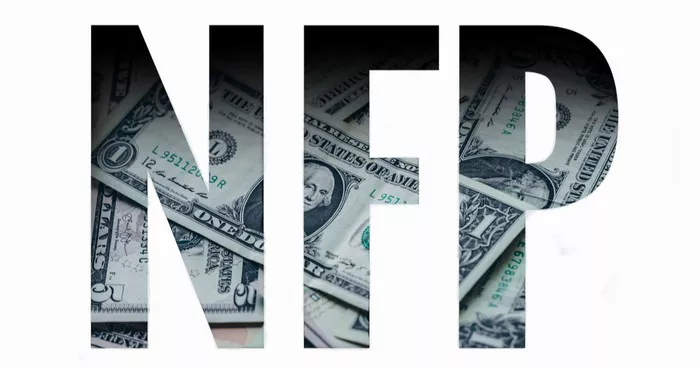In the ever-shifting landscape of the U.S. labor market, the monthly release of Nonfarm Payroll data is an eagerly anticipated event. This report, published by the Bureau of Labor Statistics (BLS), provides a comprehensive snapshot of job creation, wage growth, and unemployment rates in the United States. In recent months, there has been a buzz surrounding the decline in the unemployment rate, coupled with a surge in Nonfarm Payrolls. This article explores the implications of these trends on the U.S. economy and the factors contributing to this positive change.
Understanding the Nonfarm Payroll Data
Before diving into the recent developments, it’s essential to grasp the significance of Nonfarm Payroll data. This report excludes certain sectors, such as agriculture, private household employment, and nonprofit organizations, to focus on wage and salary employment. The figures included in this report are crucial indicators of economic health, offering insights into job creation and labor market dynamics.
The Recent Surge in Nonfarm Payrolls
Job Creation: One of the standout features of recent Nonfarm Payroll reports has been the surge in job creation. These reports have consistently shown that the U.S. economy is adding a significant number of new jobs each month. This trend is often seen as a positive sign of economic growth, as it indicates increased business activity and consumer confidence.
Wage Growth: Alongside job creation, wage growth has also been notable. Higher wages are crucial for workers’ financial well-being and can stimulate consumer spending, which, in turn, fuels economic growth. The recent increase in wages reflects the tightening labor market, where employers are competing for a limited pool of skilled workers.
Declining Unemployment Rate: Perhaps the most closely watched figure in the Nonfarm Payroll report is the unemployment rate. In recent months, this rate has been on a downward trajectory. A lower unemployment rate typically signifies a healthier job market, with more people finding employment. It’s a positive development for individuals seeking work and an indicator of overall economic vitality.
Factors Contributing to the Positive Trends
Economic Recovery: The surge in Nonfarm Payrolls and declining unemployment rate can be attributed in part to the ongoing economic recovery from the COVID-19 pandemic. As businesses reopen, and vaccination rates rise, economic activity has picked up, leading to increased hiring.
Fiscal Stimulus: The U.S. government’s fiscal stimulus measures, including direct payments to individuals and enhanced unemployment benefits, have provided crucial support to households and spurred consumer spending. This increased demand has, in turn, prompted businesses to hire more workers.
Employment Trends: Certain industries, such as technology, healthcare, and logistics, have seen robust growth during the pandemic. The shift towards remote work and e-commerce has driven job opportunities in these sectors.
FAQs on Unemployment Rate and Nonfarm Payrolls
1. What is the Nonfarm Payroll report, and why is it important?
The Nonfarm Payroll report is a monthly publication by the Bureau of Labor Statistics that provides data on job creation, wage growth, and the unemployment rate in the United States. It is crucial as it offers insights into the health of the labor market and broader economic trends.
2. How does the unemployment rate affect the economy?
The unemployment rate is a key indicator of economic health. A lower unemployment rate typically signifies a healthier job market, increased consumer confidence, and potential for economic growth. Conversely, a high unemployment rate can indicate economic challenges.
3. What role does government policy play in the recent improvements in Nonfarm Payrolls and the unemployment rate?
Government policies, such as fiscal stimulus measures and enhanced unemployment benefits, have provided significant support to individuals and businesses during the COVID-19 pandemic. These policies have stimulated consumer spending and job growth, contributing to the positive trends in Nonfarm Payrolls and the unemployment rate.
Conclusion
The recent surge in Nonfarm Payrolls and the decline in the unemployment rate are positive developments for the U.S. economy. They reflect not only the ongoing recovery from the pandemic but also the effectiveness of government policies in supporting individuals and businesses. However, it’s essential to monitor these trends carefully to ensure they continue and lead to sustained economic growth. Understanding the dynamics of the labor market and its impact on the broader economy is crucial for policymakers, investors, and individuals alike.

